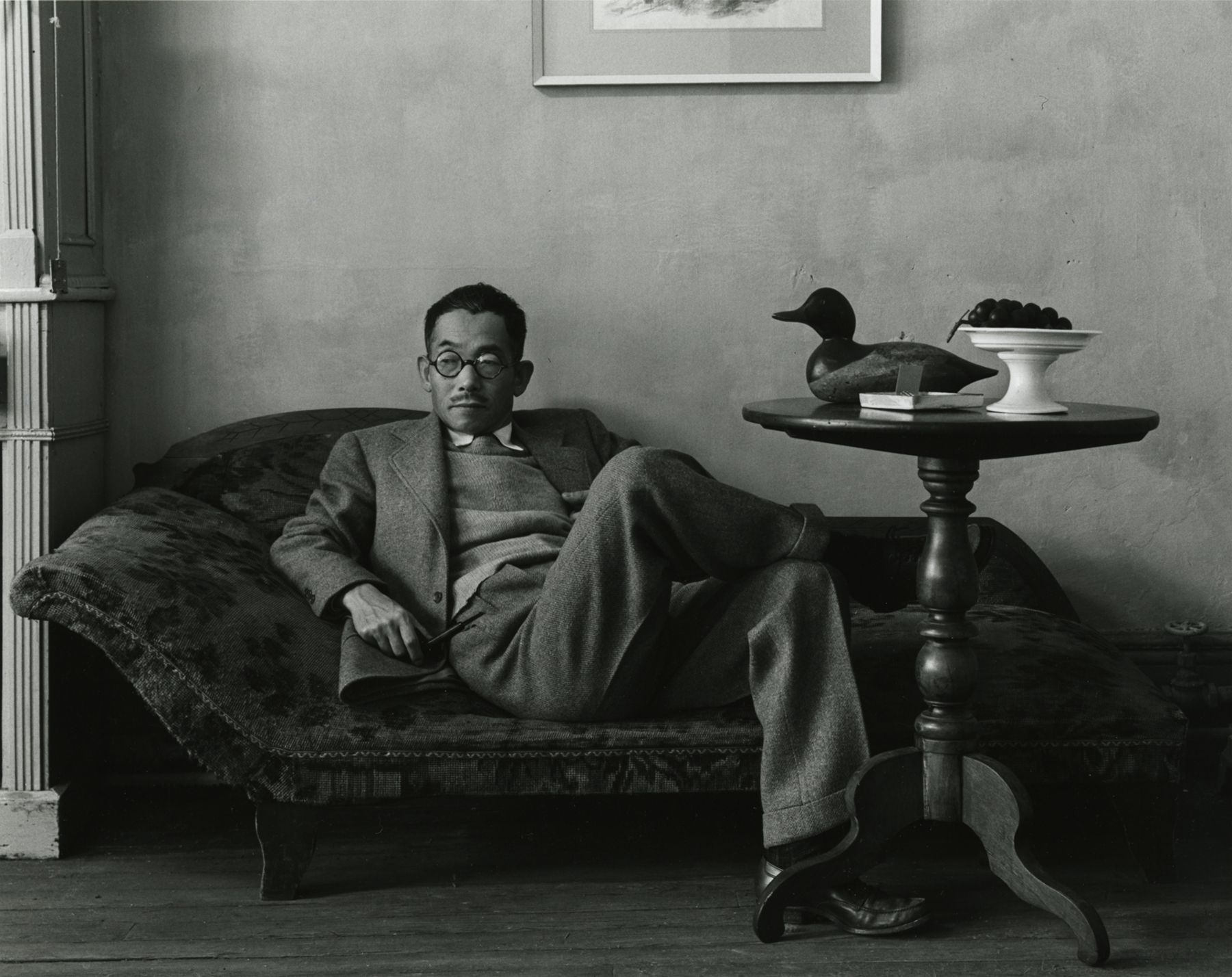Arnold Abner Newman was an American photographer, noted for his “environmental portraits” of artists and politicians. He was also known for his carefully composed abstract still life images. In 2006, he was inducted into the International Photography Hall of Fame and Museum.



these are a few from Arnold Newman.
Newman’s famous photograph of Igor Stravinsky, for example, is dominated by a grand piano silhouetted against a white wall, with the composer confined to the corner.

Visual:
In the photo the man is the main focal point as the photo is Central as he’s in the middle of the photo in the background. The photo is Framed by concrete pillars which is also showing the cold and industrial environments. Sitter is leaning forward into the photo he has clasped hands and strong eye contact this shows he is confident and sinister. The Background is industrial. It looks as though the sitter is in ownership or in charge of the environment due to the firm look on his face and as he is in the middle. There is Leading lines, from the top of the image, lead to the sitter’s portrait which draws your attention to the man. the Light on the top of the photo, contrasts the dark on the bottom – creating balance between the contrast which exaggerates the sinister atmosphere.
Technical:
The Lighting Could be artificial, it creates strong contrast on the sitter’s face. Making him look more sinister and darkening his gaze. The Aperture Could be medium aperture as it has a Sharp foreground and a slightly softer background. you can still identify some of the environmental details. The Shutter speed could be quite a fast shutter speed as the subject is in focus, with a balanced exposure. The Angle is Eye level with the sitter which makes it feel more like we are sitting opposite them. We connect with them more. Maybe we feel more intimidated…. Sitter looks more confrontational.
Contextual:
in 1963, a Jewish photographer Arnold Newman was commissioned by Newsweek to take a portrait of Alfred Krupp, a convicted Nazi war criminal.
Alfred Krupp was a German industrialist who ran the Krupp empire, a major arms manufacturer during World War II. Convicted as a war criminal for his company’s use of slave labour, the majority of the men and boys who perished were Jewish and Krupp holds a particular place of hatred amongst its people, he was later pardoned. Despite his pardon, Krupp remained a controversial figure, and his reputation as a ruthless businessman and war profiteer followed him.
At first, Newman refused, but eventually, he decided to take the assignment as a form of personal revenge. The resulting portrait became one of the most controversial and significant images of its time.
When preparing to take the photo, Newman asking Krupp to lean forward slightly, when Krupp did this he also clasped his hands together under his chin. When he moved, the light hit his face perfectly and when Newman saw this he stated that ‘he felt the hair stand up on the back of his neck’.
after this, the photo came one of his most iconic photos.
Concept:
The portrait captured the essence of Krupp’s character, making him look evil and in charge . Upon seeing the portrait, Krupp was furious. Nevertheless, the image was published and became one of Newman’s most famous works. The portrait served as a powerful reminder of the atrocities committed during World War II and the individuals who were responsible for them. The circulation of the photo brought Krupp out from the shadows and allowed Newman to share his hatred for his man with the world.
